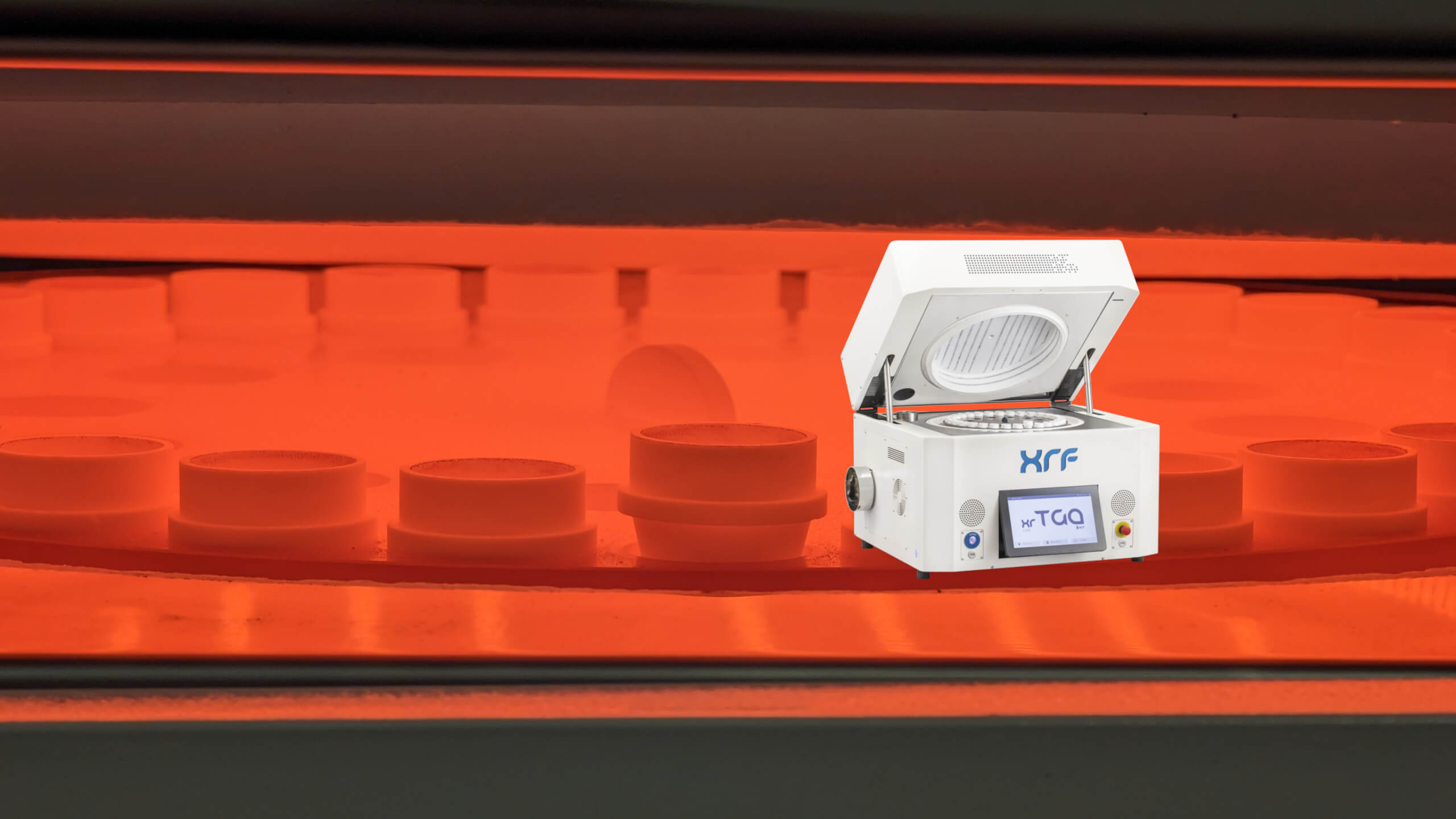Latest News
How to Test for Ash Content in Plastics via TGA Analysis
When plastic is burned it produces ash content, an inorganic residue that contains parts of the material that have not been affected by the heat. These can include pigments, fillers, and reinforcements. Depending on what it contains, ash content can affect the characteristics of the plastic. If a plastic contains a filler, such as talc or calcium carbonate, it is likely that its thermal stability and stiffness will be increased. However, too much of a filler could lower its strength. By undertaking ash content analysis, there is the potential to understand what it contains and, thus, how its content could affect its overall properties. This knowledge can be applied to quality control measures to optimize plastics as they proceed through development. Not o...

Direct Moisture Determination of Food and Feed Using a TGA Analyzer
The analysis of moisture content within food and feed provides an indication of their quality, lifespans, and the presence of nutrients. It is important the moisture in these products is controlled to ensure their safety, as too much moisture can encourage the appearance of bacteria, improve the management of manufacturing procedures, and follow specific regulations. A direct moisture determination of food and feed can be undertaken through the application of a thermogravimetric analyzer. By increasing the temperature of a sample, an opportunity arises to understand its levels of moisture. This is through observing any changes in weight caused by the evaporation of liquid. Join us as we consider thermogravimetric analyzers in more detail and how they are used to make direct moisture det...





Using Compositional Analysis by Thermogravimetry in Agriculture
Compositional analysis is an essential analytical technique applied within agriculture. It offers a means of managing and protecting the quality of food and improving industry practices. This is why choosing the right approach to undertaking compositional analysis is important. One method for consideration is thermogravimetric analysis (TGA). This technique can offer data on a material’s composition, combustive properties, thermal stability, and decomposition profile. Applying TGA analysis entails raising the heat of a material sample to monitor any alterations that may occur. These are detailed as a function of time or temperature through a TGA curve. By observing the TGA curve, a determination can be made about a material’s make-up.Read More















